Latest News
Little Caesars Arena Achieves LEED Silver Certification
 Reading Time: 3 minutes
Reading Time: 3 minutes
Leadership in Energy and Environmental Design (LEED) is the most widely used green building rating system in the world and is a globally recognized symbol of sustainability achievement
Little Caesars Arena, the 2018 Sports Facility of the Year, has welcomed more than 4 million guests to its ticketed events
The Ilitch organization, in conjunction with the U.S. Green Building Council (USGBC), announced today that the award-winning Little Caesars Arena in The District Detroit has received Leadership in Energy and Environmental Design (LEED) Silver certification.
LEED, the most widely used green building rating system in the world, provides a framework to create healthy, highly efficient and cost-saving green buildings, and is a globally recognized symbol of sustainability achievement.
“Little Caesars Arena was built with an end-user approach through every decision that was made, including a primary focus on sustainability and being a caretaker of the environment,” said Chris Granger, Group President, Sports & Entertainment, Ilitch Holdings, Inc. “We are pleased to announce that Little Caesars Arena has earned LEED Silver certification. As one of the busiest arenas in the world, we will continue to pursue innovative ways to improve the guest experience and operate efficiently through responsible sustainability processes.”
Little Caesars Arena is a key anchor of The District Detroit. Along with the Chevrolet Plaza, four new restaurants, the Team Store retail outlet and new office space, Little Caesars Arena is bringing new life to a formerly under-utilized area of the city. Little Caesars Arena has brought more than 3,900 permanent jobs to the area and is home of the Detroit Red Wings, Detroit Pistons and hundreds of other concerts, shows and events that bring people together and provide a wide variety of entertainment.
Little Caesars Arena has welcomed more than 4 million guests to its ticketed events since opening in September 2017. The arena is also committed to improving guest experience through environmental stewardship using LEED and achieved certification by implementing specific initiatives that include:
- An erosion and sedimentation control plan approved by the United States Environmental Protection Agency (EPA) has been implemented.
- Little Caesars Arena was awarded all five available points under the Development Density and Community Connectivity credit.
- The efficient water fixtures in the multi-purpose arena have reduced the use of potable water by more than 40 percent.
- The venue has achieved an energy cost savings of more than 17 percent.
- More than 20 percent of the building’s materials have been manufactured using recycled materials.
- The Ethylene tetrafluoroethylene (ETFE) roof reduces the need for daytime lighting while offering the benefits of natural light. Solar heat gain is also controlled.
- Construction materials were selected to promote healthy air quality for visitors by reducing exposure to harmful emissions.
- The Little Caesars Arena ventilation system meets the standards for indoor environmental quality.
- Lighting controls are provided for 100 percent of building occupants and 100 percent of shared multi-occupant spaces.
- Little Caesars Arena received an exemplary rating for alternative and public transportation access.
- More than 13 percent of the building’s materials were locally sourced.
Little Caesars Arena has also achieved several other certifications and accolades indicating a commitment to service and community. In November 2017, just two months after opening to the public, Little Caesars Arena was awarded SAFETY Act Certification, the highest level of protection awarded by the U.S. Department of Homeland Security. In July 2018, Little Caesars Arena partnered with KultureCity to make all events hosted at the multi-purpose arena sensory inclusive. In October 2018, the National Weather Service recognized Little Caesars Arena as “StormReady” and certified to spot, report and prepare for a wide range of weather conditions.
About Little Caesars Arena:
Little Caesars Arena is a key anchor in The District Detroit and serves as the home of the Detroit Red Wings, Detroit Pistons and countless other sports, entertainment and community events. Rich with the tradition of the Original Six and 11-time Stanley Cup champion Detroit Red Wings, the three-time world champion Detroit Pistons and Detroit’sincredible musical heritage, the arena also features state-of-the-art technology, fan amenities, and active community spaces like the Via, the BELFOR Training Center and the Chevrolet Plaza. One of the busiest venues in the world, Little Caesars Arena received the prestigious Sports Facility of the Year award at the 2018 Sports Business Awards Ceremony, established by SportsBusiness Journal and SportsBusiness Daily to celebrate and recognize the leaders, visionaries and day-to-day practitioners who personify excellence in the business of sports.
and 11-time Stanley Cup champion Detroit Red Wings, the three-time world champion Detroit Pistons and Detroit’sincredible musical heritage, the arena also features state-of-the-art technology, fan amenities, and active community spaces like the Via, the BELFOR Training Center and the Chevrolet Plaza. One of the busiest venues in the world, Little Caesars Arena received the prestigious Sports Facility of the Year award at the 2018 Sports Business Awards Ceremony, established by SportsBusiness Journal and SportsBusiness Daily to celebrate and recognize the leaders, visionaries and day-to-day practitioners who personify excellence in the business of sports.
About The District Detroit:
Home to the Detroit Tigers, the Detroit Red Wings, the Detroit Pistons and the Detroit Lions, The District Detroit is the epicenter of sports and entertainment in the heart of the city. It is the densest concentration of the four major sports teams in any urban core in the country. It is an evolving place with something for everyone fueling Detroit’s incredible resurgence and attracting new investment in the city. Anchored by Comerica Park, Ford Field and the historic Fox Theatre, The District Detroit is home to the award-winning Little Caesars Arena, the Mike Ilitch School of Business at Wayne State University and the new Little Caesars world headquarters campus expansion. New businesses coming to The District Detroit include Tin Roof Detroit, The M Den, Frita Batidos, Sahara Restaurant & Grill, Union Joints and Warner Norcross & Judd. The District Detroit has brought more than 20,000 construction and construction-related jobs and 3,900 permanent jobs to this area of the city, resulting in an estimated $2.1 billion in total economic impact.
Source: Ilitch Holdings, Inc.
Source: Latest News on European Gaming Media Network
This is a Syndicated News piece. Photo credits or photo sources can be found on the source article: Little Caesars Arena Achieves LEED Silver Certification

Latest News
From ‘Mummyverse’ to Crash Games: Belatra Reviews a Landmark 2025
Editor’s Take
Why this matters: Belatra has been a steady hand in the slots world for a long time, but 2025 marked a distinct shift in strategy. By entering the Crash vertical with Goose Boom Bang and winning big at SiGMA Africa, the studio is clearly pivoting to capture the high-growth, high-frequency players in emerging markets. They are no longer just a “classic slots” developer; they are diversifying the portfolio to ensure relevance in regions like LatAm and Africa.
The Full Story
Belatra Games, the specialist online slots developer, has issued a strategic review of its 2025 operations, celebrating a 12-month period defined by entry into new game verticals, significant franchise expansion, and high-profile industry recognition.
The year was characterized by a dual strategy: deepening engagement in established markets while aggressively expanding its content portfolio to suit local preferences in emerging territories.
Portfolio Evolution: Crash and Battles 2025 saw Belatra move beyond its traditional slot roots. The company made its debut in the high-demand Crash game vertical with the launch of Goose Boom Bang, a title designed to tap into the fast-paced gameplay preference of younger demographics.
Additionally, the studio introduced a fresh game concept with the launch of Battles, a new format unveiled for the first time in 2025, with further development planned for 2026.
The ‘Mummyverse’ Expands For fans of classic slots, the highlight of the year was the aggressive expansion of the Mummyverse. Belatra nearly doubled the size of this franchise over the year, making it the most extensive game universe in their entire catalog.
The developer also focused on B2B localization, releasing a number of exclusive bespoke games created specifically for selected operator partners to meet specific local market tastes.
Awards and Recognition The company’s strategic shifts were validated by industry accolades. Belatra secured over 30 nominations throughout the year, with standout wins including:
-
Best Slot Provider (awarded by BitStarz).
-
Most Played Game of 2025 for Make It Gold at the SiGMA Africa Awards.
-
Player’s Pick Award.
Management Commentary Misha Voinich, Head of Business Development at Belatra, commented on the studio’s momentum:
“This year has truly defined who we are as a studio – ambitious, creative and focused on building long-term partnerships. We’ve expanded our universes, launched new ones and entered exciting new markets that will all help us carry this momentum into the New Year.”
The post From ‘Mummyverse’ to Crash Games: Belatra Reviews a Landmark 2025 appeared first on Gaming and Gambling Industry Newsroom.
Latest News
‘Chaos and Soul’: Ebaka Games Plots Global Expansion After Viral Launch
Editor’s Take
Why this matters: The “Instant Game” vertical (Crash, Plinko, Mines) is becoming crowded, but Ebaka Games is cutting through the noise with a distinct brand personality. By securing BMM Testlabs certification so quickly after launch, they are signaling to Tier 1 operators that despite their “chaotic” marketing vibe, the math underneath is solid and compliant. The backing of industry veteran Dmitry Belianin also adds immediate commercial credibility to the startup.
The Full Story
Ebaka Games, the fledgling studio that promises to bring “chaos and soul” to the iGaming sector, has outlined an aggressive growth strategy for 2026 following a landmark launch period in late 2025.
The studio, which officially debuted in November, reports that its initial rollout reached more than five million people worldwide. The launch saw its portfolio go live with the operator Menace, serving as the initial testbed for its mechanics and “Ebaka modes.”
The Product: Instant Games with Personality Ebaka is bypassing traditional slots to focus on the high-growth vertical of fast-paced, instant-win games. Their initial lineup includes:
-
Plinko
-
Mines
-
Tower
-
Limbo
-
Crash
Differentiation is achieved through unique mascots and signature gameplay tweaks designed to offer high win potential and distinct visual identities, moving away from the generic interfaces often found in this genre.
Regulatory Milestone Crucially for its 2026 roadmap, Ebaka Games has confirmed it has secured certification from BMM Testlabs. This accreditation validates the fairness and integrity of its RNG (Random Number Generator) and game engines, removing a major barrier to entry for regulated markets. With this certification in hand, the studio plans to launch with a number of “major brands” in the coming year.
Management Commentary Vitalii Zalievskyi, CEO of Ebaka Games, commented on the studio’s unorthodox approach:
“It’s only been a few weeks since we first introduced Ebaka Games to the world. The feedback has been breathtaking, and it vindicates the decision for us to take a different path to the rest of the industry. You don’t need huge marketing budgets to grab people’s attention if you are building something truly innovative.”
Industry Backing The studio describes itself as being “created by players for players” but boasts significant industry firepower in its corner. The team includes Dmitry Belianin, a well-known figure in the sector who is the co-founder of Blask and Menace, as well as Managing Partner at Already Media.
The post ‘Chaos and Soul’: Ebaka Games Plots Global Expansion After Viral Launch appeared first on Gaming and Gambling Industry Newsroom.
Latest News
Racing Meets Nightlife: SBK Backs ARC’s New ‘Friday Night Live’ Series
Editor’s Take
Why this matters: British racing has a well-documented demographic problem; its core audience is aging. “Friday Night Live” is a direct attempt to fix this by blending high-stakes racing with the “experience economy” (DJs, nightlife vibes) that appeals to Gen Z and Millennials. Bringing SBK on board—a mobile-first, app-only sportsbook—is a perfect demographic fit, while the Racing Post adds the necessary credibility to ensure the actual racing product remains the focus.
The Full Story
Arena Racing Company (ARC) has unveiled the strategic commercial lineup for its upcoming Friday Night Live series, confirming SBK as the Exclusive Betting Partner and The Racing Post as the Official Media Partner.
Set to launch in January 2026, Friday Night Live is a new initiative created in collaboration with youth-focused events company INVADES. The series is designed to overhaul the traditional race day experience, featuring fast-paced fixtures under floodlights, DJ sets, and significant entertainment elements sandwiched between races.
The Commercial Deal
-
SBK: As the exclusive betting partner, the Smarkets-owned sportsbook will take naming rights and on-course branding for all 35 races. Crucially, these races will be broadcast live on mainstream television via ITV Racing as well as Sky Sports Research.
-
The Racing Post: As the Official Media Partner, the publication will provide content, coverage, and promotion across its digital platforms, aiming to bridge the gap between established racing purists and the new audience ARC hopes to attract.
A High-Stakes Experiment The series is not just a marketing exercise; it carries serious sporting weight. Each of the five scheduled nights will feature over £200,000 in prize money. The fixtures will rotate across three of ARC’s all-weather tracks: Wolverhampton, Newcastle, and Southwell.
Management Commentary David Leyden Dunbar, Group Director of Commercial Strategy at ARC, was clear about the target audience:
“We have been very clear that one of the aims of Friday Night Live is to engage the next generation of racing fans… Both [partners] have shown real enthusiasm to work with us… as well as using the platform that these fixtures will offer them to also engage with more established racing and sports fans.”
Adam Baylis, Marketing Director at SBK, added:
“Friday Night Live [is] a fresh and engaging concept that brings a new energy to British racing. SBK has always been built around sport… our focus is on enhancing the live race day experience in a fun, social and responsible way.”
The 2026 Schedule The series kicks off immediately in the new year:
-
9th Jan: Wolverhampton
-
6th Feb: Newcastle
-
20th Feb: Southwell
-
20th March: Wolverhampton
-
27th March: Newcastle
The post Racing Meets Nightlife: SBK Backs ARC’s New ‘Friday Night Live’ Series appeared first on Gaming and Gambling Industry Newsroom.
-

 Latest News2 weeks ago
Latest News2 weeks agoSCCG Announces Strategic Partnership with Yellow Elephant Studios to Expand Multi-Channel Gaming Content Worldwide
-
Latest News2 months ago
JioBLAST Launches All Stars vs India powered by Campa Energy: A New Era of Creator-Driven Esports Entertainment
-
eSports1 month ago
CS:GO Betting Gains Momentum in the iGaming Sector
-
Latest News3 weeks ago
THE 2025 PUBG MOBILE GLOBAL CHAMPIONSHIP GROUP STAGE WRAPS UP WITH LAST CHANCE IN SIGHT
-
Latest News1 month ago
S8UL Esports acquires Team Elite’s Free Fire MAX roster to form S8UL Elite
-
Latest News3 months ago
GGPoker Unveils Massive Weekly $100K Freeroll, Kicking Off October 18
-
Latest News2 months ago
RocketPlay wins Best Customer Service at European iGaming Excellence Awards
-
Latest News2 months ago
Kambi Group plc Q3 2025 Report




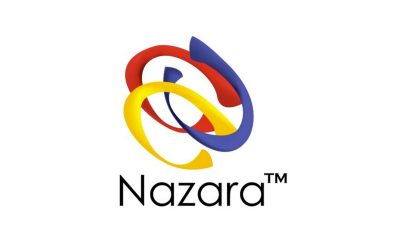







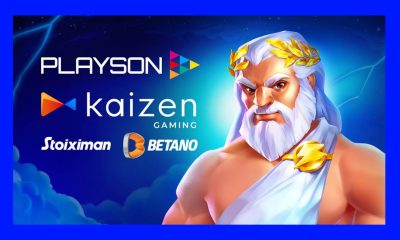


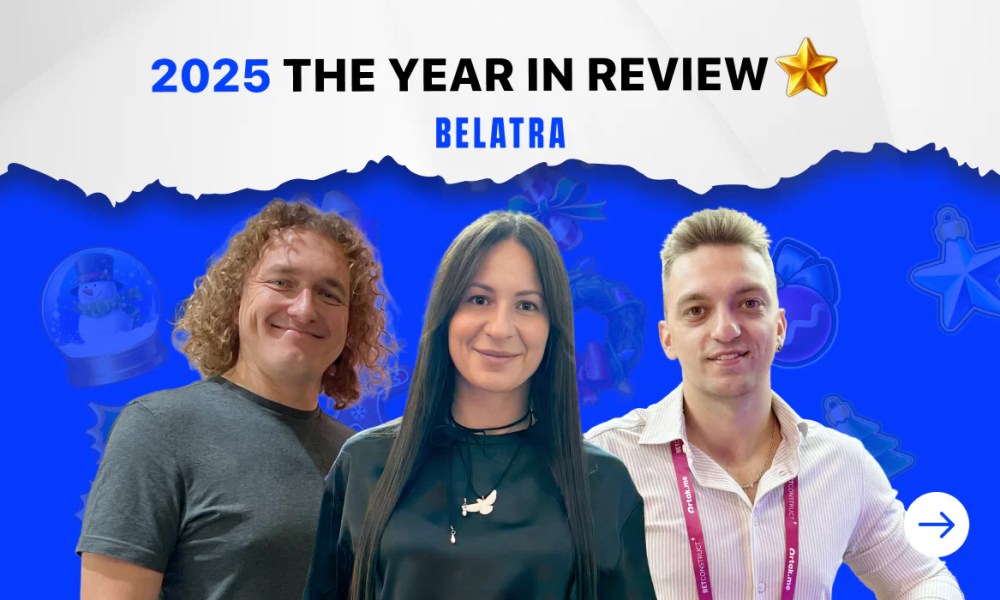
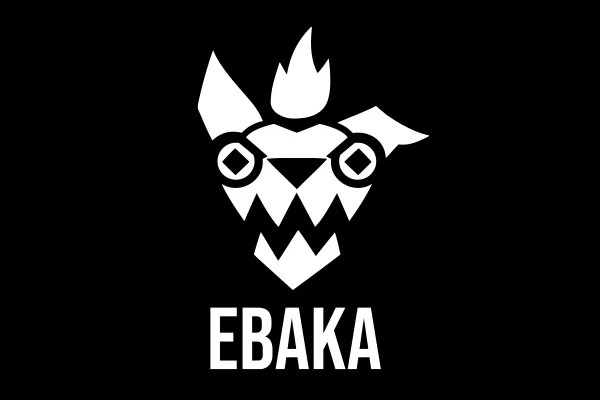


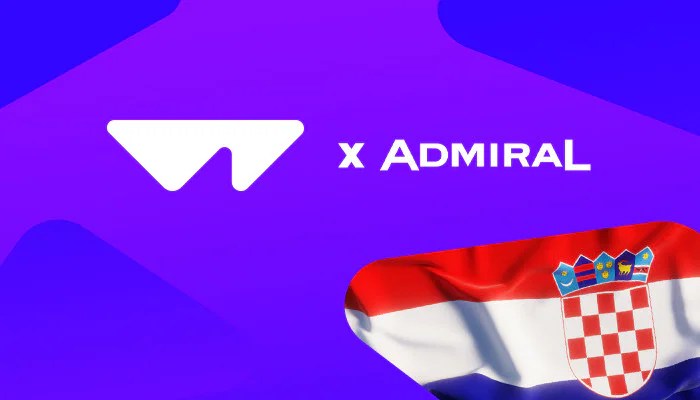


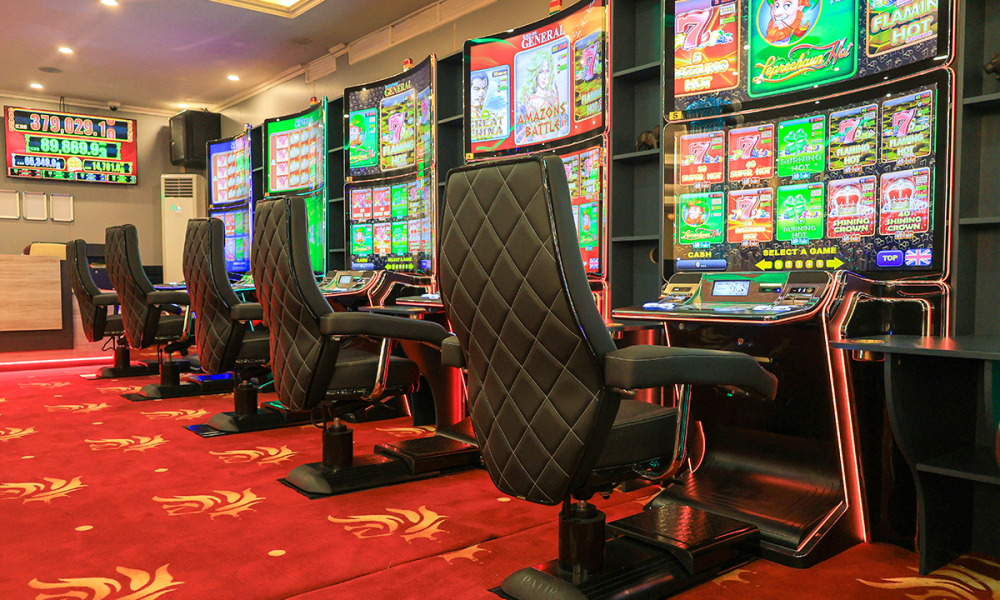

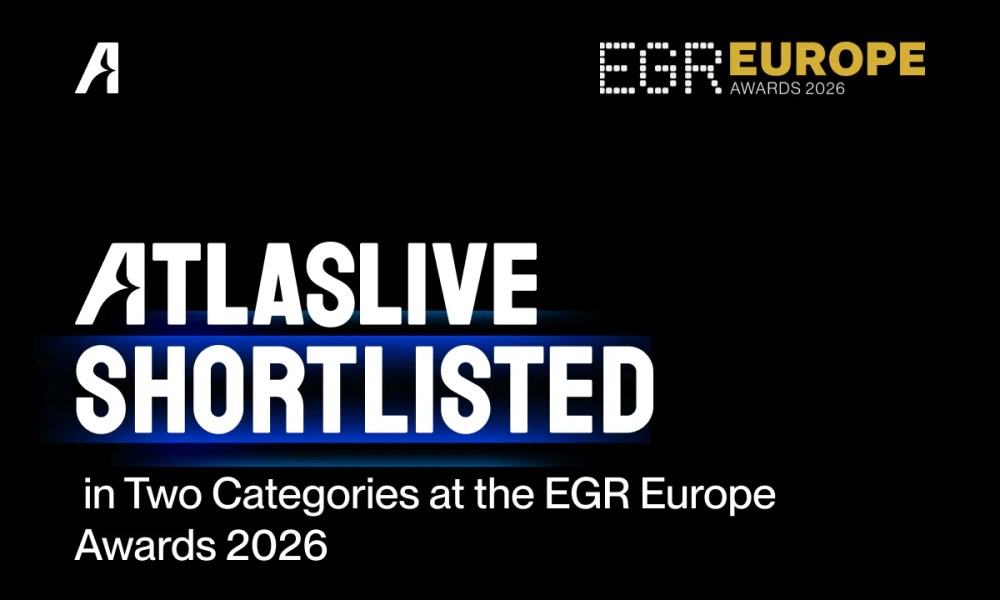
You must be logged in to post a comment Login